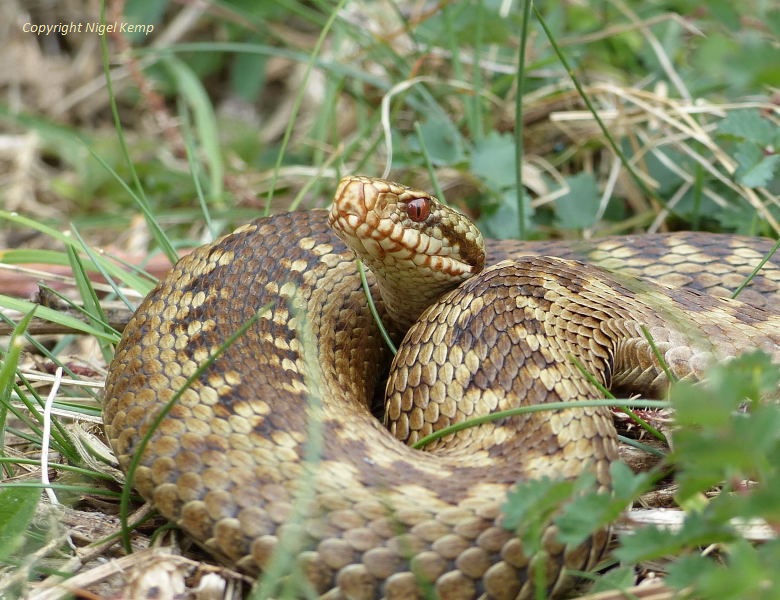At this time of year, especially when the weather is warm and settled, activity in the natural world moves on at some speed and there are new things to be seen on a daily basis. During the last two weeks, I have been here, there and everywhere trying to keep pace with emerging wildlife.
On a favourite downland walk, the first broods of Adonis, Common and Small Blues were on the wing. On this occasion, there had also been a recent mass emergence of Emperor Dragonflies at one of the dew ponds and in some places around the pond edge, every available stem had exuviae in a ghostly clasp.
Common Blue (Polyommatus icarus) (male)
Common Blue (P.icarus) (mating)
Small Blue (Cupido minimus) (male)
Emperor Dragonfly (Anax imperator) (exuviae)
Burnt-tip Orchid (Neotinea ustulata) (var.ustulata)
At this time of year, Pevensey Levels seem to be bathed in a yellow wash, with fields covered in buttercups and yellow flag iris lining many of the ditches. Several species of dragonfly and damselfly are now emerging in profusion.
Yellow Flag Iris (Iris pseudacorus)
Red-eyed Damselfly (Erythromma najas) (male)
Great Silver Diving Beetle (Hydrophilus piceus) (our second largest beetle basking on a reed stem)
Out in the woods, the larvae of the White Admiral (Limenitis camilla) are nearing maturity and the hunt will soon be on to try to find a pupa in the wild, a pursuit in which I have yet to succeed.
White Admiral (Limenitis camilla) (final instar larva on honeysuckle)
The stunning Elephant Hawkmoth has made its first appearance of the year in the garden light trap.
Elephant Hawkmoth (Deilephila elpenor)




































